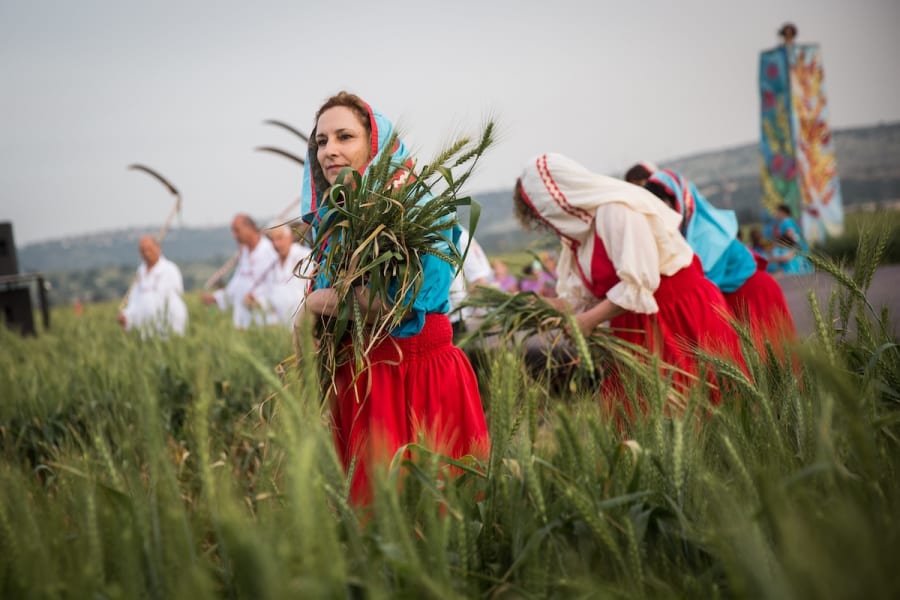WATCH: The Omer: Bridging the gap between Passover and Pentecost

In this episode of ALL ISRAEL 101, Kayla Sprague explores the ancient Jewish tradition of "Counting the Omer," a 49-day period that begins on the second night of Passover and concludes with the celebration of Shavuot.
Watch the video above or read the transcript below.
Welcome back to ALL ISRAEL 101 Kayla Sprague for ALL ISRAEL NEWS here in the Old City of Jerusalem.
Today, we are going to dive into counting the omer. But what is an omer? Have you ever heard of it?
The omer is actually rooted in biblical history and dates back to the time of the Israelites. And right now, Jewish people are observing an annual tradition of "Counting the Omer," both here in Israel and around the world.
It's a period of 49 days that begins on the second night of Passover and continues until Shavuot. This period marks the beginning of the barley harvest when, in ancient times, Jews would bring the first sheaves to the temple as a means of thanking God for the harvest.
The symbolic significance of counting the omer is that it bridges the gap between Passover – which commemorates the Exodus from Egypt – and Shavuot, which celebrates the giving of the Torah on Mount Sinai.
This 49-day journey represents the spiritual preparation and anticipation for receiving the Torah in the Bible, and omer is a unit of measurement for grains like barley. The Torah requires that on the day after Passover, the 16th of Nisan, an offering of barley be brought to the Holy Temple as an offering. In Leviticus 23, it says: "And the Lord spoke to Moses, saying, speak to the people of Israel, and say to them, when you come into the land I give you, and reap its harvest. You shall bring the sheaf that is an omer of the first fruits of your harvest to the priest. And he shall wave the sheaf before the Lord, so that you may be accepted. On the day after the Sabbath, the priest shall wave it."
It goes on to say, "You shall count seven full weeks from the day after the Sabbath, from the day you brought the sheaf of the wave offering, you shall count 50 days to the day after the seventh Sabbath, that you shall present a grain offering of new grain to the Lord."
In traditional Jewish measurements, an omer is a unit of dry volume, equivalent to approximately 1.6 to 1.8 kilograms of flour and one-tenth of an ephah. Today, the omer is observed by counting each day starting from the second day of Passover. This counting is usually accompanied by a short daily prayer of blessing.
In our modern world, there are now apps and websites that allow people to keep track of the days of the omer. Jewish tradition often attributes spiritual significance to this period of refining one's character in preparation for receiving the Torah anew.
The omer has a profound connection to Yeshua/Jesus as well. After his resurrection, the Bible recounts that he appeared to his disciples during a 40-day period of omer counting. This links his resurrection to the giving of the Torah and ties together concepts of spiritual freedom and revelation. The period culminates with the outpouring of the Holy Spirit on Pentecost or Shavuot, 50 days after his resurrection, fulfilling the promise. And that brings us to the end of our journey through the tradition of the omer.
We hope this has deepened your understanding of the significant period and the connection to Yeshua and your faith. Thank you for joining us for ALL ISRAEL 101. We look forward to exploring more biblical traditions with you very soon.

The All Israel News Staff is a team of journalists in Israel.














